Shinkansen Types: Discover the Charm of Japan's Bullet Trains

There are currently ten types of bullet trains in Japan, each different in its own way. This article introduces the distinctive features and charms of Japanese bullet trains. Read on to find out more!
The Bullet Train Network in Japan

As of spring 2023, there are ten types of bullet trains (Shinkansen) operating in Japan. Each type of bullet train differs from the next, with seven full-sized and two mini-types.
This article introduces not only Japan's shinkansen network but also the varying train cars and respective charms.
Tohoku and Hokkaido Shinkansen
The Tohoku Shinkansen, which opened in 2010, operates between Tokyo and Shin-Aomori Station. It is also connected to the Yamagata and Akita Shinkansen.
A part of the Hokkaido Shinkansen from Shin-Aomori to Shin-Hakodate-Hokuto Station was established on March 26, 2016. Currently, the route from Shin-Hakodate-Hokuto to Sapporo Station is under construction and scheduled to open at the end of 2030.
E5 and H5 Series

The H5 Series Shinkansen/Picture courtesy of Pixta
The E5 and H5 Series cars with high-tech, aerodynamic designs are used along the Tohoku and Hokkaido Shinkansen lines.
The upper and lower half are painted in Tokiwa Green and Hiun White, respectively. Likewise, the sides are painted in Hayate Pink and Saika Purple.
The major difference between the two series is the stripe color and the Hayabusa emblem. In the areas south of Morioka, their maximum speed is 320 kilometers per hour. Although it may not seem speedy, the train connecting Tokyo and the Tohoku region offers commuters a comfortable ride.
E6 Series

Picture courtesy of Pixta
The E6 replaced the E3 Series along the Akita Shinkansen line. To maintain a maximum speed of 320 kilometers per hour, the cars' aerodynamic form resembles the E5 Series while smaller in size.
The train is painted in a vivid red color and becoms even more attractive when coupled with the E5 Series car.
E3 Series
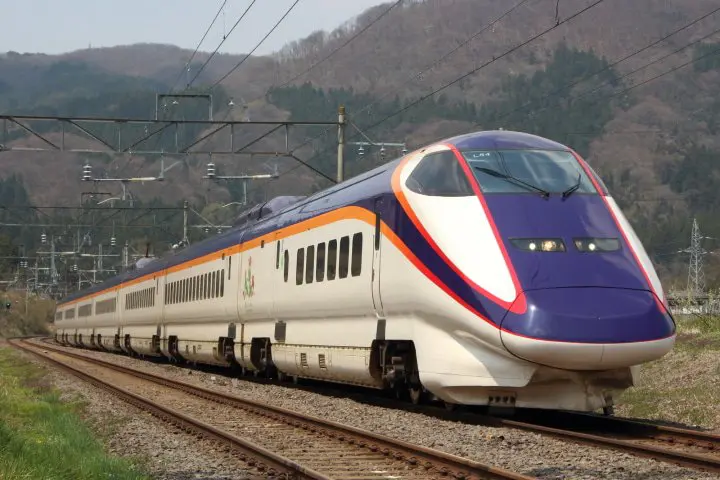
Picture courtesy of Pixta
The E3 Series was originally designed as a Komachi superexpress train operating on the Tohoku and Akita Shinkansen routes. It was converted into the Yamagata Shinkansen, achieving a maximum speed of 275 kilometers per hour.
Currently, it has also turned into the Genbi Shinkansen ("World's Fastest Art Museum"), a joint project with Japanese photographer Mika Ninagawa and Toreiyu Tsubasa. This Shinkansen is furnished with a foot bath.
JR East has announced that the newest E8 Series will begin operating in 2024. This coincides with the E3 Series slowly disappearing from the rural scenery.
E2 Series
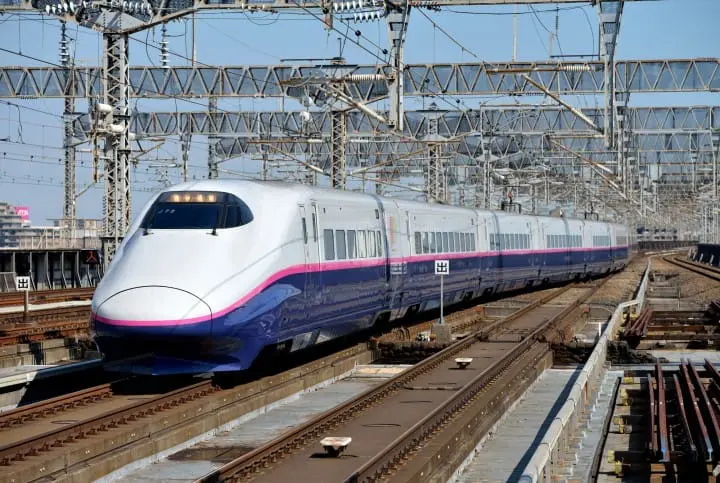
Picture courtesy of Pixta
The E2 Series was originally designed as a replacement for the 200 Series along the Tohoku and Hokuriku Shinkansen (the latter was called Nagano Shinkansen at the time). This bullet train is still active on the Tohoku Shinkansen rail line.
In the near future, this Shinkansen will likely be replaced by the E5 Series.
Scheduled to Debut in 2024! E8 Series (Yamagata Shinkansen)
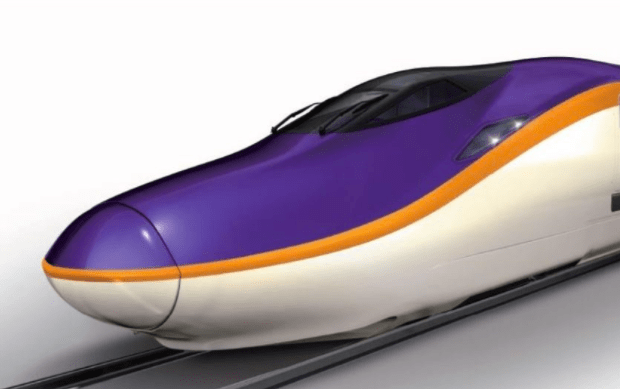
Picture courtesy of JR East
The design for the latest E8 Series, which is scheduled to debut in 2024 on the Yamagata Shinkansen, is supervised by Kiyoyuki Okuyama.
While the E8 Series inherits the color scheme of E3, the design is streamlined, with the maximum speed increased to 300 kilometers per hour.
Joetsu Shinkansen
This route connecting Tokyo and Niigata is the first to link cities located on the coasts of the Pacific Ocean and the Sea of Japan.
E4 Series (Retired)

Picture courtesy of Pixta
The E4 Series was a two-storied type operating along the Joetsu Shinkansen railway line. Its maximum speed of 240 kilometers per hour was once the slowest full-standard bullet train. However, this Shinkansen series retired on October 1, 2021.
Hokuriku Shinkansen
The Hokuriku Shinkansen is scheduled to connect Tokyo and Osaka via the Hokuriku region as a backup in case the Tokaido Shinkansen is unavailable.
Currently, this bullet train only operates until Kanazawa Station. However, the route will be extended to Tsuruga in Fukui Prefecture at the end of 2023.
E7 and W7 Series
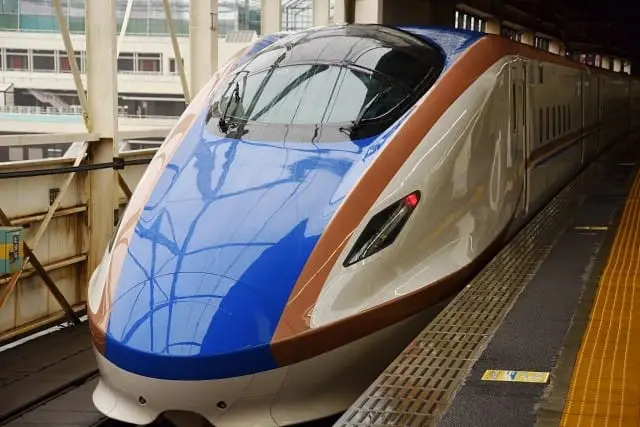
Picture courtesy of Pixta
The E7 and W7 Series is a joint project between JR East and West Japan Railway (JR West). It debuted on March 14, 2015, with the opening of the Hokuriku Shinkansen in Kanazawa.
The basic performance of the two series is identical, with the design supervised by the industrial designer Kiyoyuki Okuyama, who also oversaw the E6 Series.
Built under the motif of "a harmonious future," the clean and uncluttered interior makes it one of the writer's favorite bullet trains. The maximum speed of the E7 and W7 Series is 260 kilometers per hour. Moreover, it operates along the Joetsu and Hokuriku Shinkansen routes.
Tokaido and Sanyo Shinkansen
These two routes are the most famous on the Shinkansen railway line.
Serving as a main artery in the Japanese economy, the Tokaido and Sanyo Shinkansen connect Tokyo and Fukuoka, along with major cities such as Yokohama, Nagoya, Kyoto, Osaka, and Hiroshima.
N700 Series
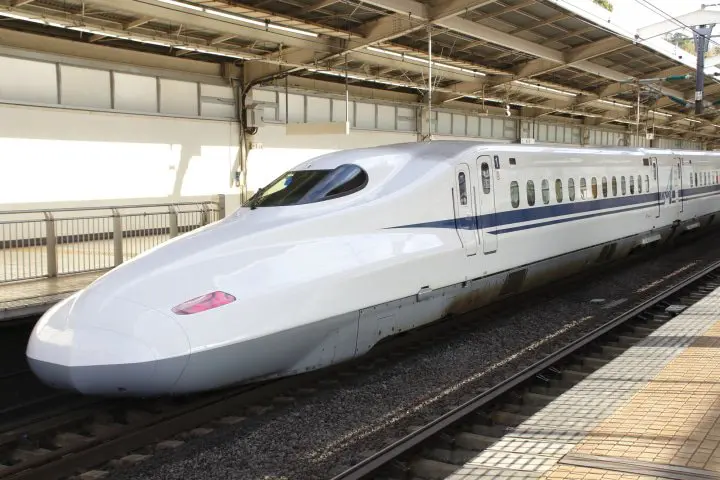
N700A Shinkansen Series. Picture courtesy of Pixta
The most common trains on the Tokaido and Sanyo Shinkansen route are the N700A and N700S. The latter is a new variant of the N700 Series.
While both bullet trains may look similar, the nose shape of the first car is slightly different.
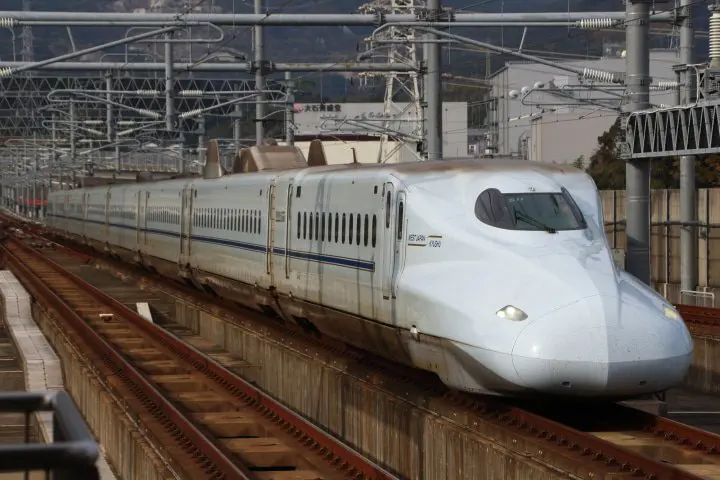
N700-7000 Series Shinkansen. Picture courtesy of Pixta
The N700 Series operating along the Sanyo and Kyushu Shinkansen routes are a white-colored eight-car train with light blue stripes.
The maximum speed of the Tokaido Shinkansen is 285 kilometers per hour. The Sanyo Shinkansen, which runs a predominantly straight course, reaches 300 kilometers per hour. Alternatively, the Kyushu Shinkansen can travel up to 260 kilometers per hour.
500 Series

500 Type EVA. Picture courtesy of Pixta
The 500 Series can be described as "a bullet train too advanced for the times."
Developed by JR West in the 1990s, the train achieved a speed of 320 kilometers per hour, surpassing 300 kilometers per hour of the N700 Series.
This train's form differs from other types, which is a feature obvious at first glance. Due to high manufacturing costs and uncomfortable riding conditions, the 500 Series was eventually replaced by the 700 Series.
In the past, the train's color scheme was based on popular characters such as Evangelion and Hello Kitty, making it one of a kind.
Kyushu Shinkansen
The Kyushu Shinkansen, connecting Hakata and Kagoshima-Chuo Station, supports tourism and transportation in the Kyushu region. The Nishi-Kyushu Shinkansen, connecting Takeo-Onsen and Nagasaki Station, opened in autumn 2022.
800 Series
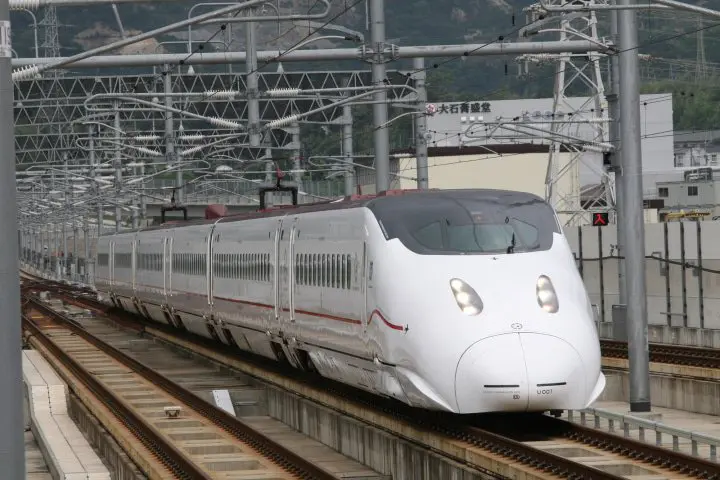
Picture courtesy of Pixta
The 800 Series was developed and designed by JR Kyushu with technical support from JR Tokai (Central Japan Railway Co.) and JR West. It is based on the 700 Series with changes in the body, interior, and performance.
This series, designed in the style of a tourist train, features wooden tables and armrests, along with seats covered in Nishijin textiles. It has become the most popular Shinkansen in the JR Kyushu line-up.
The 800 Series is used exclusively in Kyushu. However, since a few cars are available, only lucky ticket holders can ride them.
In Service since Autumn 2022! Nishi-Kyushu Shinkansen N700S Series

Picture courtesy of JR Kyushu
The latest N700S series showcasing JR Kyushu colors was introduced along the Nishi-Kyushu Shinkansen (formerly called the Nagasaki Shinkansen) in autumn 2022.
A completely different kind of Shinkansen, this series was eagerly awaited by bullet train enthusiasts. You can read more about it in the article below:
Enjoy Shinkansen Spotting in Japan!
How many types of Shinkansen have you ridden on? While an old series may lose some of its appeal over time, they are constantly refurbished and replaced by newer models in the Japanese railroad system.




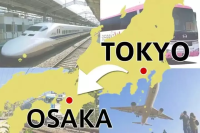

























![[2026] Top 5 Strawberry Picking Spots in Tokushima, Naruto| Farms and Access Guide for January to May](https://resources.matcha-jp.com/resize/720x2000/2025/03/06-227165.webp)



